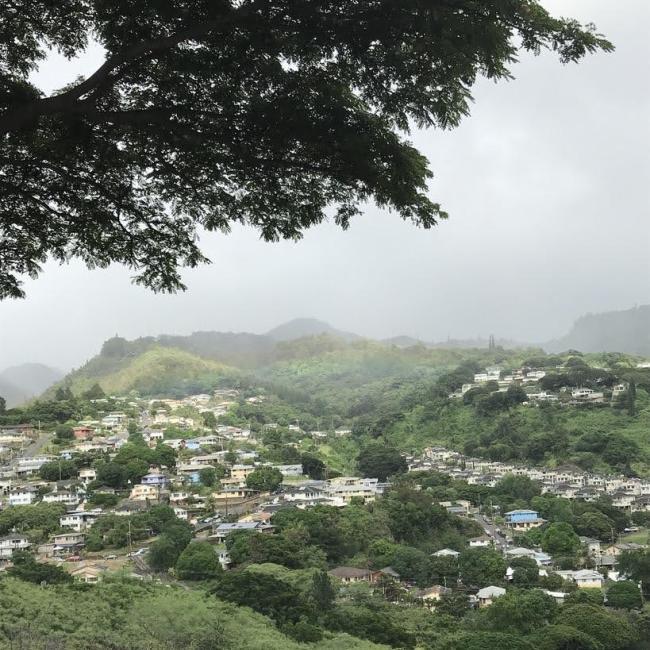Project Summary
The Papakōlea Hawaiian Homestead Kūpuna (Elders) Supportive Living Center (KSLC) at Puowaina project team is working to understand the cultural values and practices instrumental in addressing the needs of kūpuna to age safely in place, alongside an exploration of the current facilitators and barriers experienced within the Papakolea Homestead. The team is collaborating with Native Hawaiians residing in the Hawaiian Homestead communities of Papakōlea, Kewalo, and Kalawahine to gain necessary insights for developing the conceptual design and programming of the KSLC, specifically focusing on addressing the unique health and social needs of kūpuna while fostering a sense of community and cultural preservation.
Research Questions/Aims
- What cultural values and practices will address the needs of kūpuna to safely age in place (home and community) in the Hawaiian Homestead communities of Papakōlea, Kewalo, and Kalawahine?
- What are the current facilitators and barriers experienced when aging in place in the Hawaiian Homestead communities of Papakōlea, Kewalo, and Kalawahine?
Actionability
- Inform system-level policymakers, healthcare providers, and community members about culturally sensitive approaches to improving kūpuna health as they age.
Outcomes
Health: Attitudes toward psychosocial loss, physical and psychological aging in place
Other: resilience from reinforcing ancestral foundations; optimal land use for community benefit
Methodology
The project team is ensuring the comprehensive engagement of the community, alignment with cultural values, and the promotion of health equity through the community-based participatory research approach. The team’s methodology is a phenomenological, mixed methods qualitative/quantitative approach to interpret different experiences to understand how participants express cultural values and how those values contribute to well-being. Qualitative methods are being used to incorporate the “talk story” style of sharing that many Native Hawaiians prefer as it aligns with the oral history delivery method of sharing. This qualitative component will include group model-building sessions for Hawaiian Homestead residents who are makua (35 to 50 years old) and kūpuna (over 60 years old). The quantitative methods will include a community-wide survey on factors related to safely aging in place.

Kula no na Po’e Hawai’i (KULA)